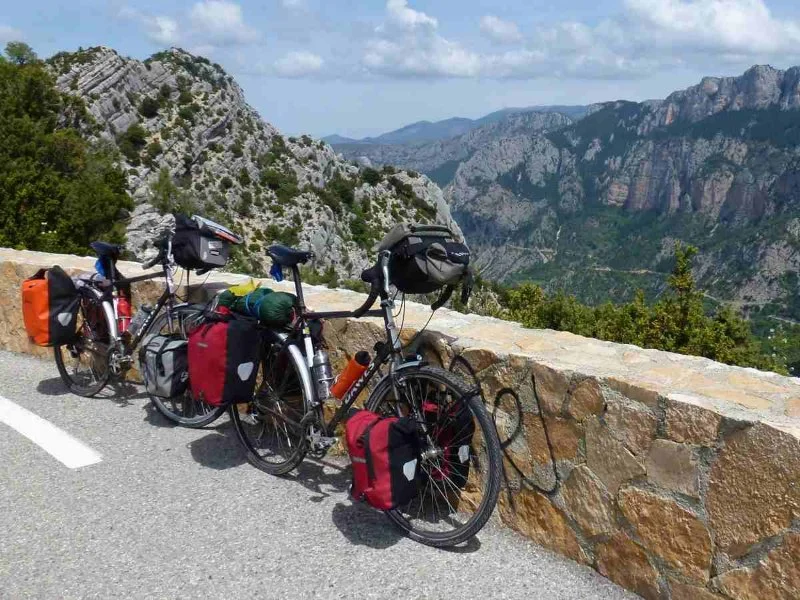
- understanding-group-tour-dynamics
- preparation-before-the-tour-begins
- riding-etiquette-in-a-group
- communication-on-the-road
- navigating-different-skill-levels
- dealing-with-challenges-on-tour
- a-story-from-the-trail
- gear-up-smart-with-cycling-guider
1. Understanding Group Tour Dynamics
Riding with a touring group is not just about fitness—it’s about rhythm, teamwork, and shared experience. Unlike solo rides, group tours depend on cooperation and clear expectations. Whether you're cycling through the Welsh valleys or taking on a multi-day European route, understanding group energy and pacing is key.
Some groups operate as tightly-knit pelotons; others favor a more relaxed, spread-out style. Ask beforehand about the group's culture—doing so prevents friction later on.
2. Preparation Before the Tour Begins
The best way to ride with confidence is to prepare like a pro. Days before your tour, do the following:
- Get your bike professionally tuned- Test your gear on a long-distance ride- Pack spares: tubes, levers, multitool, rain jacket- Understand the daily itinerary and elevation profiles- Communicate any medical or dietary concerns with your group leader
Don’t underestimate nutrition. Carry what you know works—now’s not the time to experiment with gels you’ve never tried.
3. Riding Etiquette in a Group
If you're wondering how to ride with a touring group without causing tension, start with etiquette. These unwritten rules build harmony and trust:
- Hold your line. Sudden swerves can cause crashes.- Avoid overlapping wheels unless you’re an experienced rider.- Signal intentions clearly: turns, stops, or hazards.- Don’t half-wheel—match your partner’s pace respectfully.- Draft responsibly, but don’t ride someone's wheel unless invited.
These behaviors might seem small, but over a multi-day ride, they make the difference between cohesion and chaos.
4. Communication on the Road
Communication is essential for safe and efficient group riding. Hand signals, verbal cues, and even subtle gestures are the language of the road.
Common signals include:
- Pointing at potholes or glass- Flat palm down for slowing- Hand raised for stopping- Shouting “car back” or “car up” to alert traffic
It helps to assign a lead and a sweep (tail rider) to manage group integrity. If you’re unsure, ask the tour leader what protocol is preferred.
5. Navigating Different Skill Levels
Every touring group has diversity in strength and speed. The secret to keeping everyone happy is pacing and patience.
Stronger riders can “yo-yo” by riding ahead and circling back. Slower riders shouldn't feel pressure—they set the rhythm for the group. The goal is to finish together, not compete.
If you're faster, use your extra energy to help: carry extra supplies, cheer others on, or ride sweep when needed.
6. Dealing With Challenges on Tour
Weather shifts, mechanicals, fatigue—touring isn’t always smooth. Be ready to adapt. Bring waterproof gear, have a plan for mechanical failures, and support others who are struggling.
A group is only as strong as its most tired rider. On one tour through the Scottish Highlands, our group hit a 40 mph headwind. We rotated positions every few minutes, shared snacks, and cracked jokes. That unity turned misery into memory.
7. A Story From the Trail
Sarah, a first-time tourer from Kent, joined a mixed-skill group cycling from Devon to Cornwall. On the second day, she fell behind on a long climb. Instead of frustration, the group’s leader rode beside her, paced her breathing, and gave small encouragements. By the last day, she was riding front row with confidence.
That kind of camaraderie is what riding with a touring group is all about—lifting each other up, mile after mile.
8. Gear Up Smart With Cycling Guider
Before you saddle up for your next adventure, make sure your gear works for the journey. From padded bib shorts to navigation mounts and multi-day pannier systems, Cycling Guider helps you find exactly what you need to ride smart and stay comfortable. Explore top-rated essentials tailored to touring cyclists who value reliability as much as scenery.
Remember, how you ride with a touring group can shape the experience for everyone. Preparation, empathy, and a sense of humor are your best companions on the road.

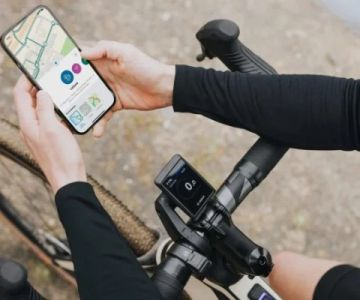
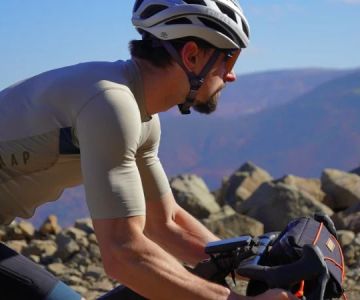
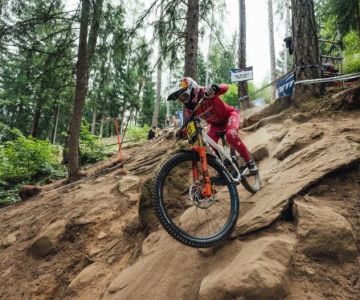

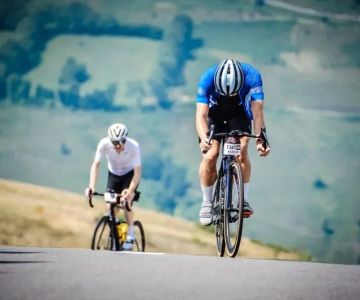
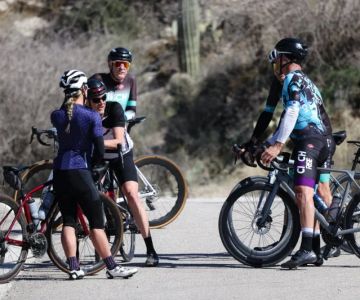
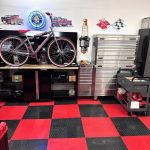 Billet BMX5.0 (2 reviews)
Billet BMX5.0 (2 reviews)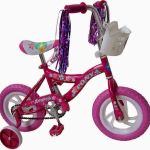 Far East Children Bicycle Factory1.0 (1 reviews)
Far East Children Bicycle Factory1.0 (1 reviews) Archer Motorsports, Inc.4.0 (8 reviews)
Archer Motorsports, Inc.4.0 (8 reviews) YEP Bike Works4.0 (55 reviews)
YEP Bike Works4.0 (55 reviews)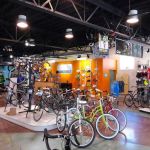 Gorham Bike & Ski4.0 (498 reviews)
Gorham Bike & Ski4.0 (498 reviews) Alchemy Bikes4.0 (37 reviews)
Alchemy Bikes4.0 (37 reviews) How to Teach Kids to Ride a Bike: A Step-by-Step Guide for Parents
How to Teach Kids to Ride a Bike: A Step-by-Step Guide for Parents Tips for Riding on Busy City Streets: Smart Strategies for Urban Cyclists
Tips for Riding on Busy City Streets: Smart Strategies for Urban Cyclists Best US National Parks for Mountain Biking: Ride Epic Trails Across America
Best US National Parks for Mountain Biking: Ride Epic Trails Across America Best Aero Helmets for Time Trials and Racing
Best Aero Helmets for Time Trials and Racing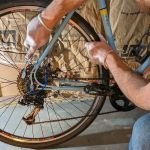 How to Clean and Lubricate Your Bike Chain Like a Pro
How to Clean and Lubricate Your Bike Chain Like a Pro 10 Must-Have Items for Long-Distance Cycling Trips
10 Must-Have Items for Long-Distance Cycling Trips